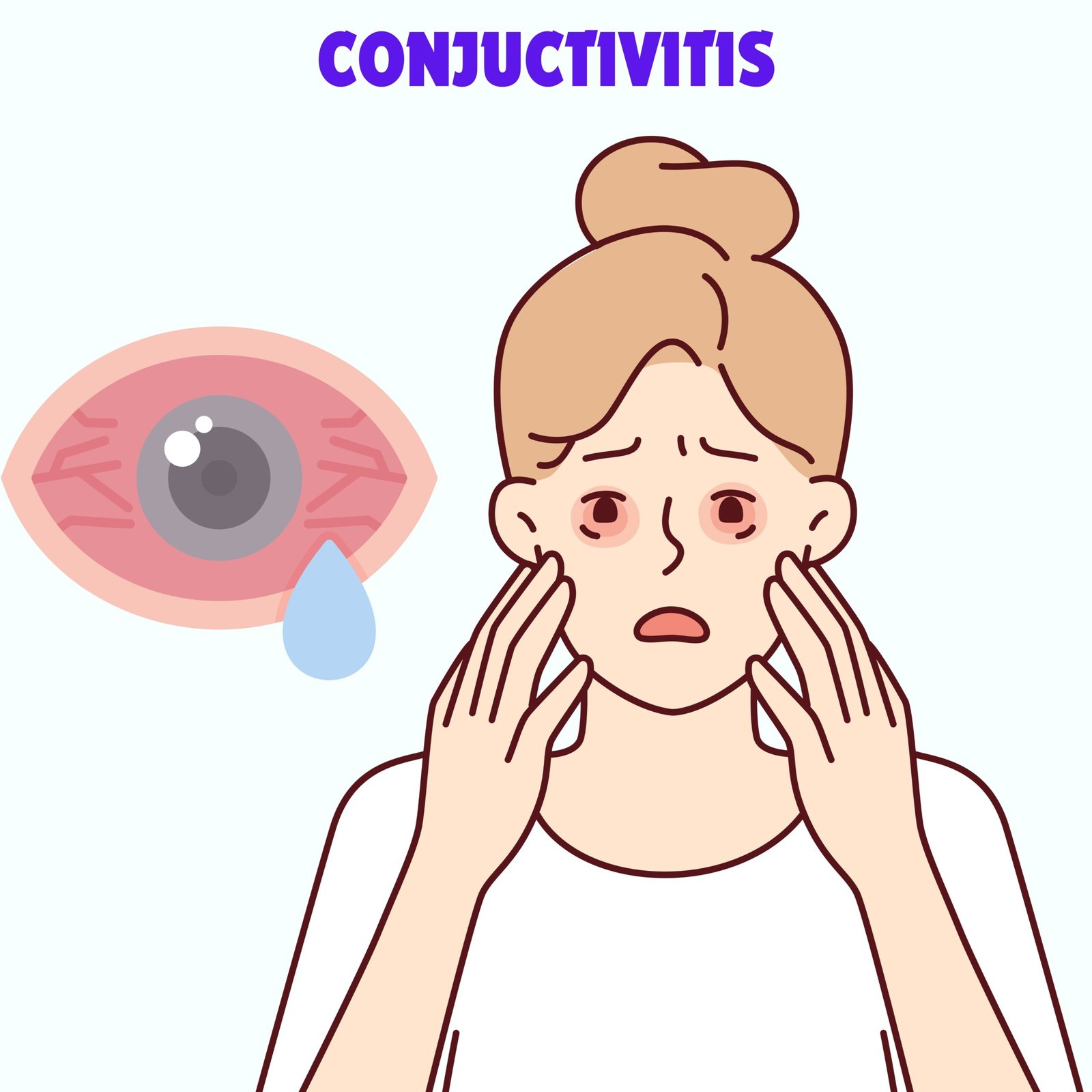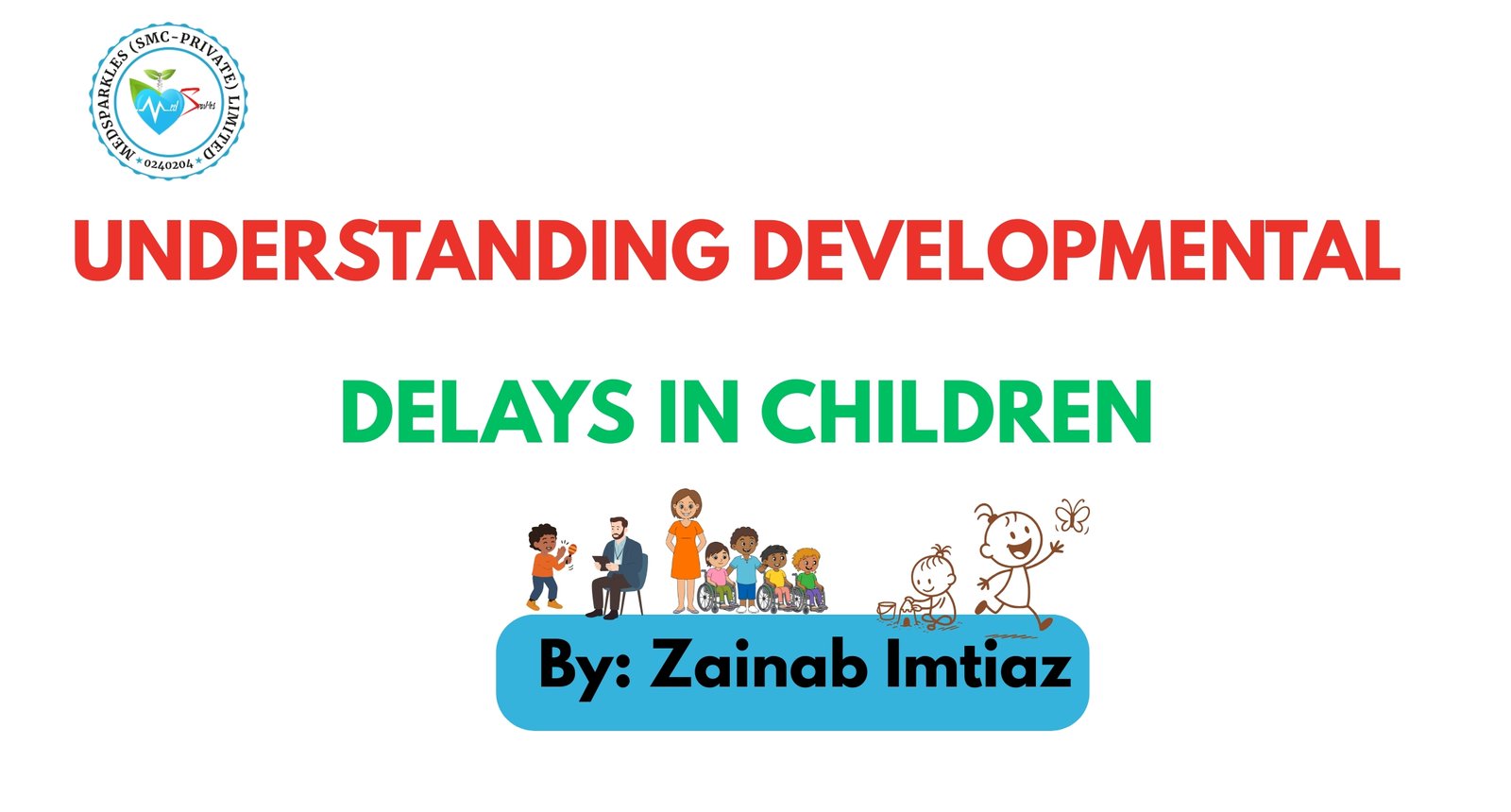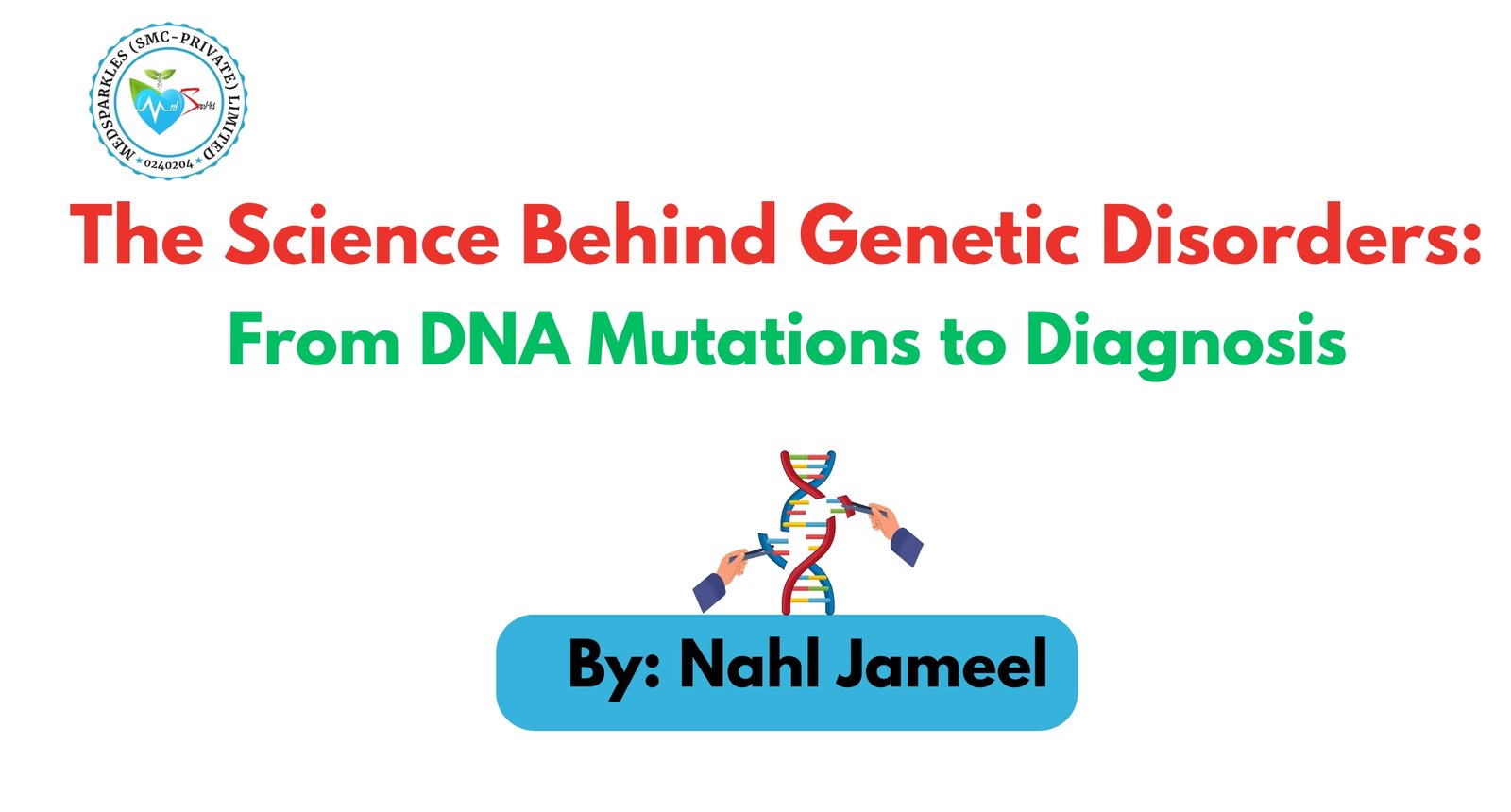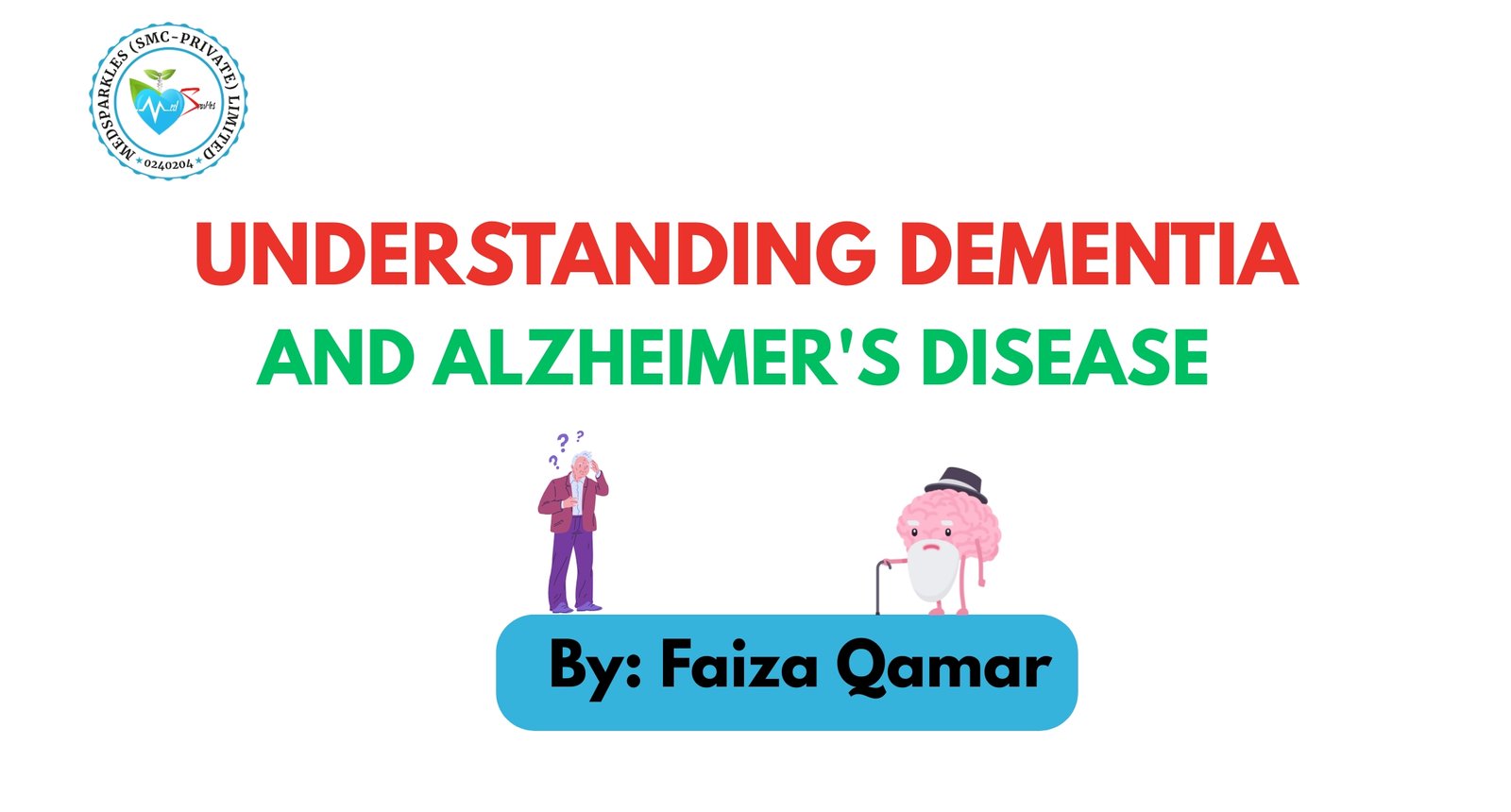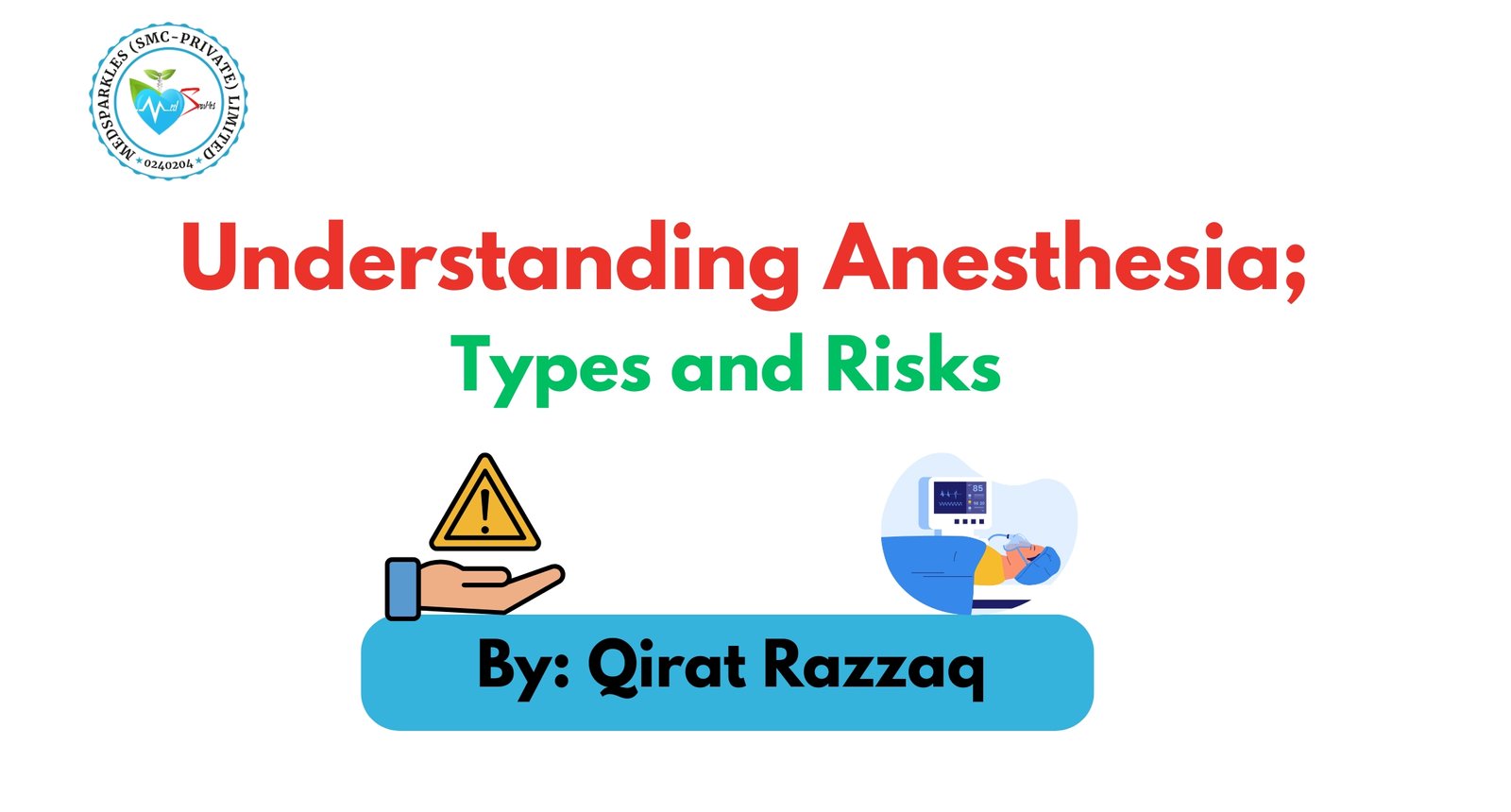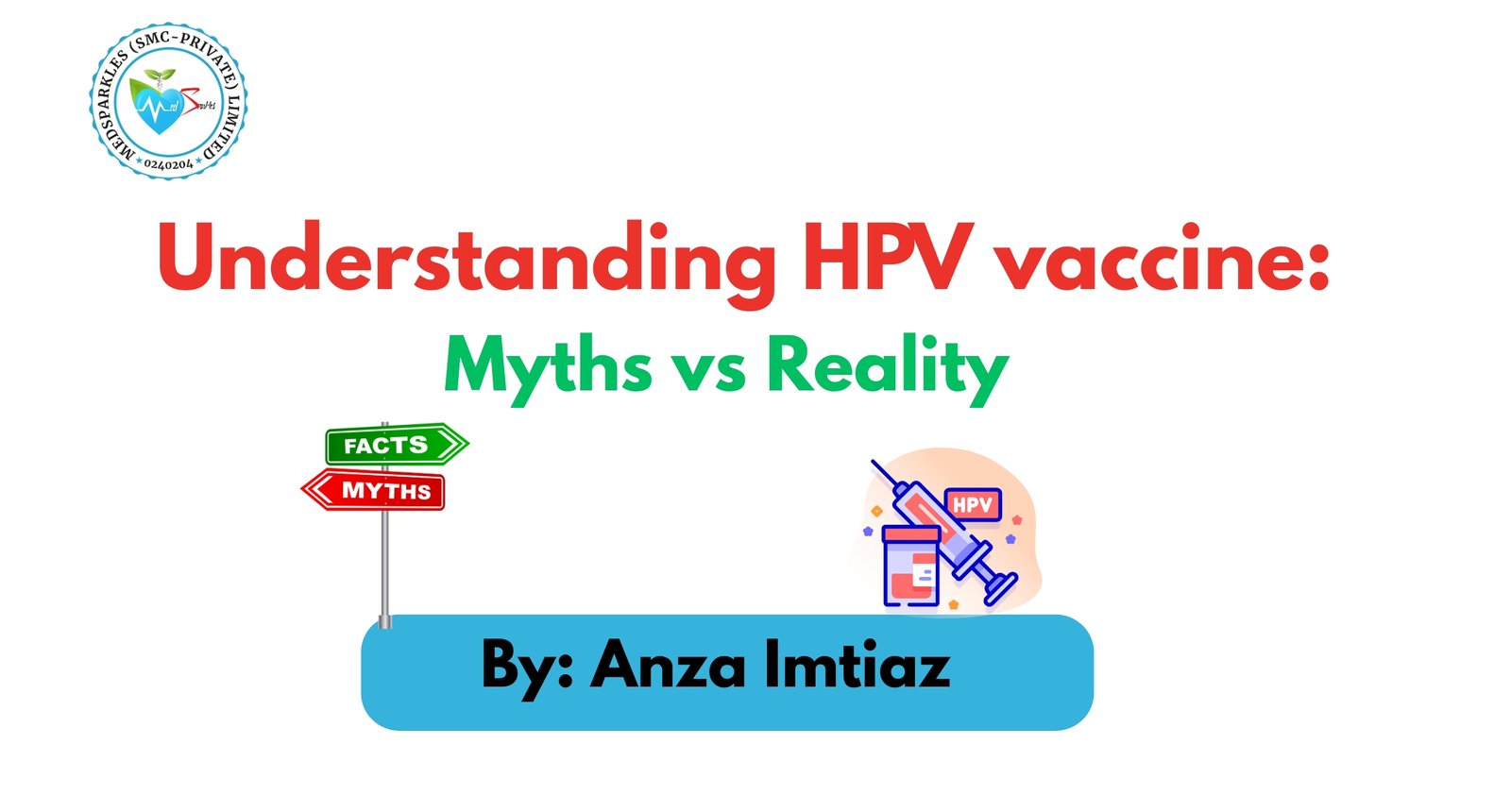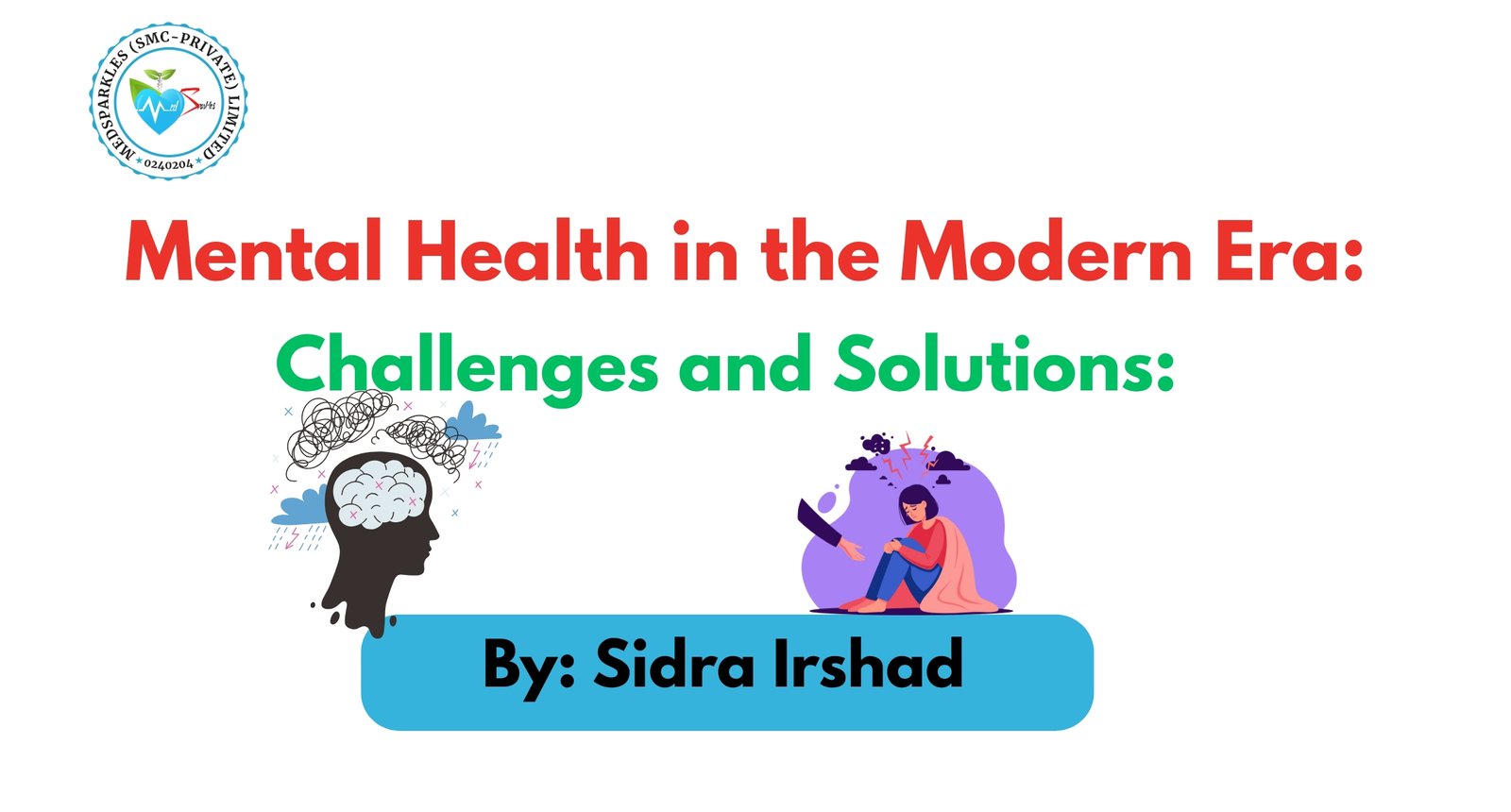WHAT IS PINK EYE DISEASE:
Conjunctivitis, commonly known as “pink eye,” is an infection or swelling in your conjunctiva, which is a thin, transparent membrane that lies over the inner surface of the eyelid and covers the white part of your eye.
When you have pink eye, blood vessels in your conjunctiva become inflamed. This gives your eye the red or pink color that’s commonly associated with conjunctivitis.
In recent past, Pakistan had this sudden outbreak of cases with symptoms including severe inflammation redness and ocular discharge.
In these circumstances it was circulated through social media platforms and other sources to take preventive measures against this sudden outbreak.
Many people were infected and treated through eye drops, ointments, flushing eyes with water simultaneously.
It was advised to reduce contact with the infected person as the disease was kind of spreadable through eye contact.
People affected were advised to wear protective glasses and other preventive strategies were implemented.
Experts and medical professionals say that conjunctivitis outbreak occurred due to unfriendly and unhygienic environment moreover it can be prevented by adopted a healthy, clean lifestyle and by reducing the contacts with the places having air pollution and unhygienic environment.
Different types of pink eye can come with slightly different symptoms, the observed symptoms in the current scenario are as follows:
- pink or red-toned eyes
- a gritty feeling in your eyes
- watery or thick discharge that builds up on your eyes at night
- itchiness
- abnormal amount of tears
TYPES OF CONJUNCTIVITIS:
In general, there are three main categories of pink eye:
- infectious
- allergic
- chemical
INFECTIOUS PINK EYE:
Infectious pink eye comes in a few different types, including:
- bacterial
- viral
Bacterial:
Pink eye is caused by staphylococcal or streptococcal bacteria. It typically occurs due to things like touching your eyes with unclean hands, sharing makeup, or having physical contact with someone who may also have conjunctivitis.
Preventive strategies should be made in order to avoid infection by not using unsanitary things and by not exchanging personal accessories like make up brushes.
Practice regular self-hygiene and sanitation of your environment.
Viral:
Pink eye is usually caused by common cold viruses. It can occur if someone with an upper respiratory infection coughs or sneezes close to you. It can also occur when you have a cold virus yourself and blow your nose too hard. This can push the infection from your respiratory system to your eyes.
Preventive strategies include taking measures against the environmental conditions favorable to cause common cold and other viral infections.
ALLERGIC CONJUNCTIVITIS:
Most people with allergic pink eye have seasonal allergies. They can get pink eye if they come in contact with a substance they’re allergic to, like pollen.
Recently due to weather changes people got affected with hay fever, pollen allergies or allergies caused due to fragrances that actively play role in causing pink eye disease if not treated timely.
It’s also possible to develop an allergic type of pink eye called giant papillary conjunctivitis if you wear hard contact lenses, or soft contact lenses that aren’t replaced frequently enough.
Prevention include wearing well sanitized lenses and ensuring the proper storage of hard contact lenses.
CHEMICAL CONJUNCTIVITIS:
You can get pink eye from irritants such as:
- chlorine in pools
- air pollution
- exposure to other chemicals
- chlorine is also included in drinking water for the purification purposes and can cause reaction to those sensitive and intolerant individuals
According to studies bacterial and viral infections are quite contagious and spread rapidly when an individual came in contact to other infected person.
For instance, if someone with viral pink eye touches their eye and then touches your hand, and you touch your eyes, there’s a chance you could get pink eye as well.
HOW TO DIAGNOSE CONJUNCTIVITIS:
Diagnosis of pink eye is typically not difficult by health care professionals, they will usually be able to tell if you have pink eye simply by asking you a few questions and looking at your eyes.
For example, a healthcare professional might ask you if your eyes are itchy and whether you have watery or thick discharge. They might also ask if you’re experiencing symptoms of:
Common cold
Have any allergy to specific irritant
fever
test for accurate and proper diagnosis can be performed in order to get confirmation of having the disease and in order to carry out the treatment strategies:
- a vision test to see whether your vision has been affected
- external eye tissue examination, including the conjunctiva, using bright light and magnification.
- Observation discharge characteristic
- Checking for the ear infection
ear infection is common in patients suffering from conjunctivitis as both ear and eyes are interlinked.
STRATEGIES TO ADAPT FOR THE TREATMENT OF PINK EYE:
Treatment of conjunctivitis depends on the causative agent or on the type of disease.
For that purpose treatment for all kind of conjunctivitis is available and mentioned as follows.
CHEMICAL CONJUNCTIVITIS:
Caused due to air-pollution, local irritants and certain chemical agents.
Rinsing your eye with saline is one way to help ease symptoms if you’re dealing with chemical pink eye.
Washing eyes with the purified water is another way to deal with the chemical conjunctivitis.
Topical steroids may also be prescribed if the case is severe enough.
BACTERIAL CONJUNCTIVITIS:
For a bacterial infection caused due to any of the bacterial agent relevant anti-bacterial are prescribed , may be in the form anti-bacterial ointments.
Adults usually prefer eye drops. For children, ointment might be a better choice because it’s easier to apply.
Antibacterial course should be completed in order to avoid complete eradication of the disease.
With the use of antibiotic medication, your symptoms will probably start to disappear in just a few days — if the symptoms disappear it is advised to finish the whole prescription in order to get rid of the disease completely.
VIRAL CONJUNCTIVITIS:
Most of the time, viral conjunctivitis is caused by the same viruses that cause the common cold. These cold viruses don’t currently have any treatments, but symptoms are usually mild and resolve on their own. Medical experts say that it is treated within 7 to 8 days of onset.
In rare cases, other viruses like the herpes simplex or varicella-zoster virus can be involved, which can cause more serious infections. These viruses do have antiviral treatments, but these treatments can only be used for these specific types of viral infections.
In the meantime, using a warm compress, or a cloth moistened with warm water, can help providing calmness and soothness to the symptoms.
ALLERGIC CONJUNCTIVTIS:
Allergic conjunctivitis occurs due to the irritants to which some people are sensitive to.
To treat pink eye caused by an allergen, your healthcare professional will probably prescribe an antihistamine to stop the inflammation.
2nd generation antihistamines are preferable choice as to reduce the adverse effects related to first generation antihistamines.
(Claritin) , (Zyrtec) and (Benadryl) are antihistamines that are available as over-the-counter medications. They may help clear your allergic symptoms, including allergic pink eye.
Other treatments include antihistamine eye drops or anti-inflammatory eye drops.
HOME REMEDIES:
In addition to using warm compression, you can also purchase eye drops at your local drugstore that mimic your own tears. These may help relieve your pink eye symptoms.
Assuring and practicing self-hygiene is the most important parameter in preventing the disease.
If you get infected make sure to prevent the spread by following the preventive measures.
Avoid going to places with high rates of local irritants, places with air pollution
It’s also a good idea to stop wearing contact lenses until your pink eye completely clears up.
HABITS TO AVOID THE TRANSMISSION:
Practicing good hygiene is one of the best ways to avoid and stop the transmission of conjunctivitis:
- Avoid touching your eyes with unwashed hands whenever possible.
- Wash your hands often and thoroughly with soap and water.
- Only use clean tissues and towels to wipe your face and eyes.
- Try not to share cosmetics, especially eyeliner or mascara, with others.
- Wash pillowcases frequently.
- Avoid sharing personal belongings and physical contact where possible.
If your healthcare professional thinks your contact lenses are contributing to your pink eye, they may recommend switching to another type of contact lens or disinfectant solution.
Make sure to properly disinfect the lenses before wearing and practice sanitization while removing the lenses.
They may also suggest cleaning or replacing your contact lenses more frequently, or that you stop wearing contact lenses indefinitely (or at least until your eye heals).
Avoiding poorly fitted contact lenses and decorative contact lenses may also decrease your risk for pink eye.
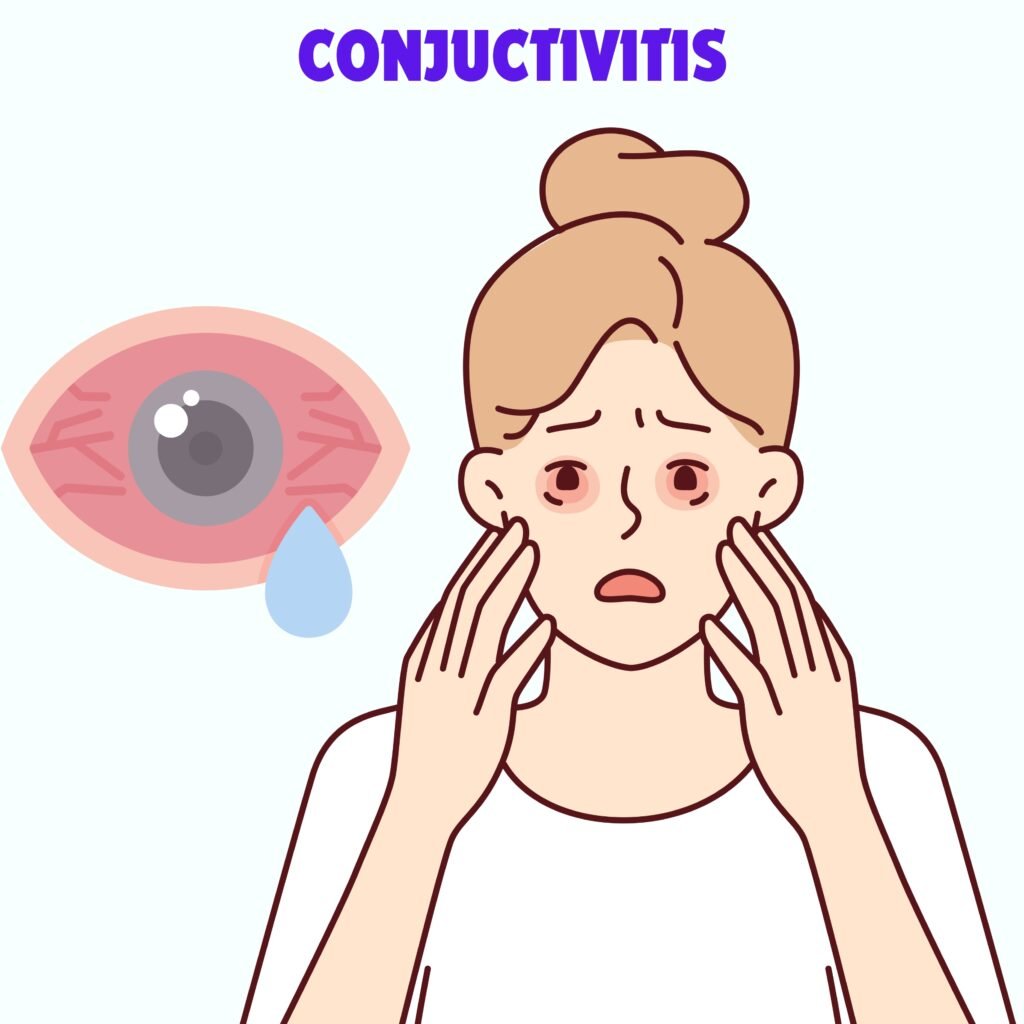
HOW CAN WE PREVENT THIS DISEASE AND HOW CAN WE STOP ITS SPREAD?
If you already have pink eye, you can help keep your friends and family safe by doing the following:
- Wash your hands regularly.
- Avoid sharing towels or washcloths
- Change your towel and washcloth daily.
- Replace eye cosmetics after your infection clears.
- Follow your healthcare professional’s advice on contact lens care.
- Take any medication your doctor has given you as prescribed.
If school going children got affected, it’s a good idea to keep them out of school for at least 24 hours after they start treatment to keep them from transmitting pink eye to others.
